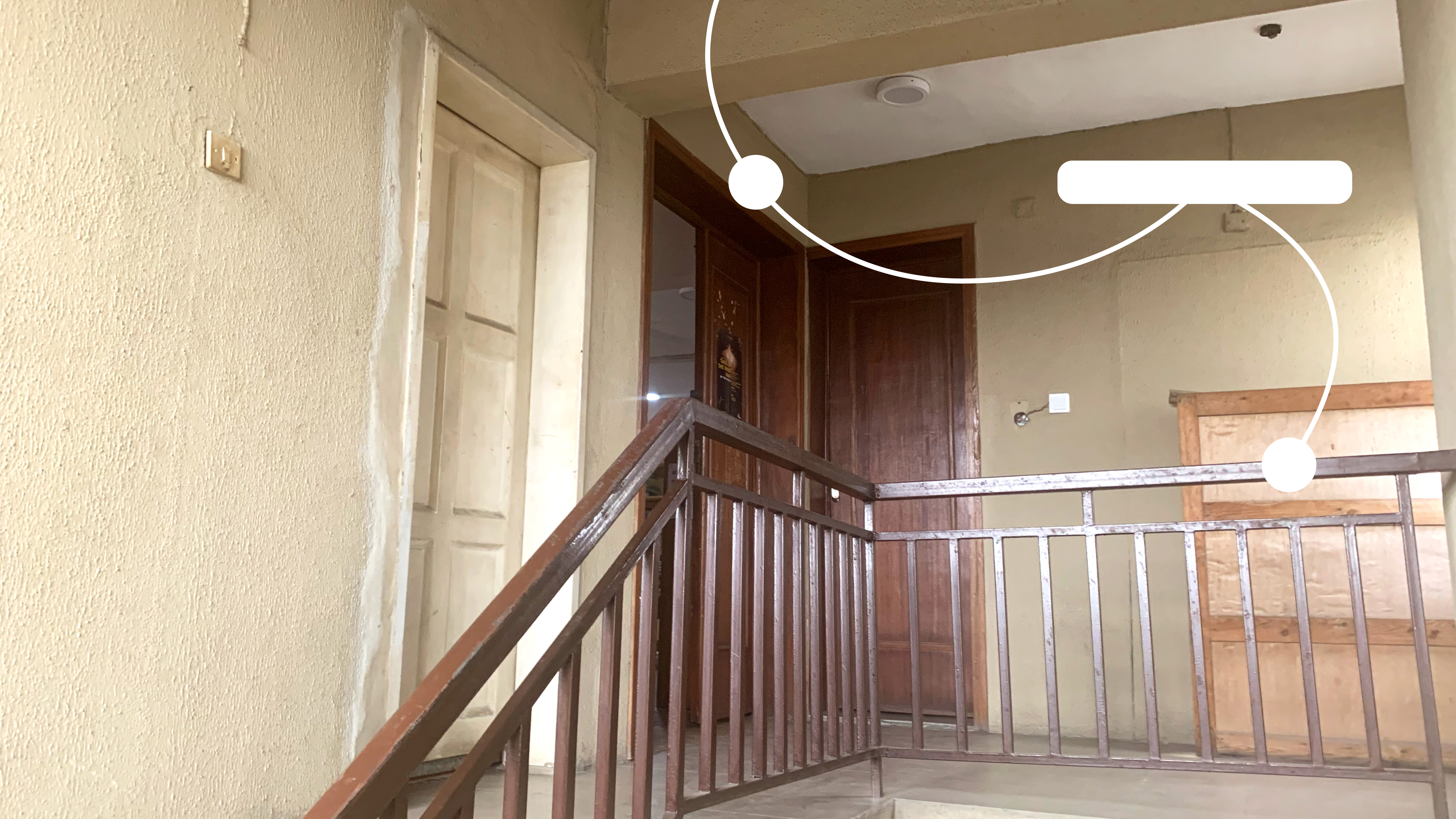Notes
1
Obidike Okafor, "Bisi Silva's Art Place," On Arts & Visual Cultures in (Northern) Nigeria (blog), 26 June, 2009, ➝.
2
These were done on behalf of the CCA at the Visual Arts Gallery, Department of Creative Arts (by the Botanical Gardens), University of Lagos.
© 2022 e-flux and the author
